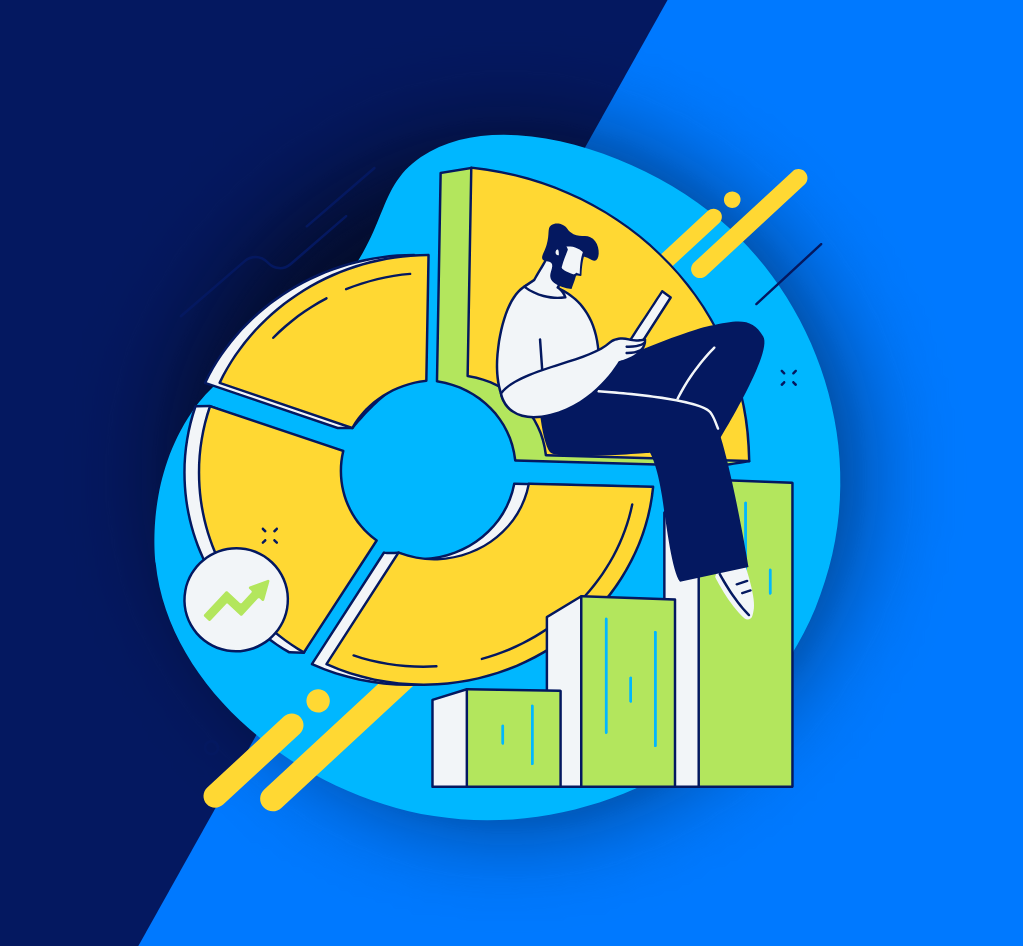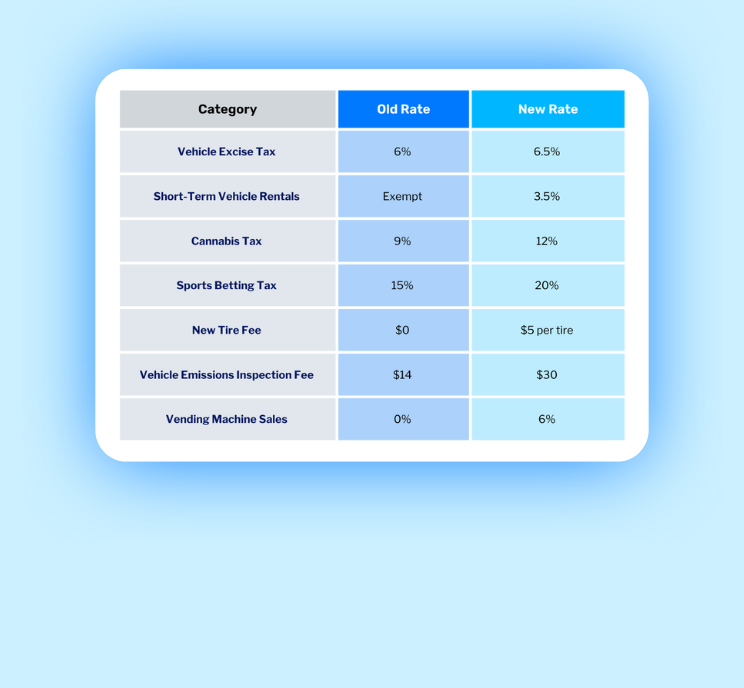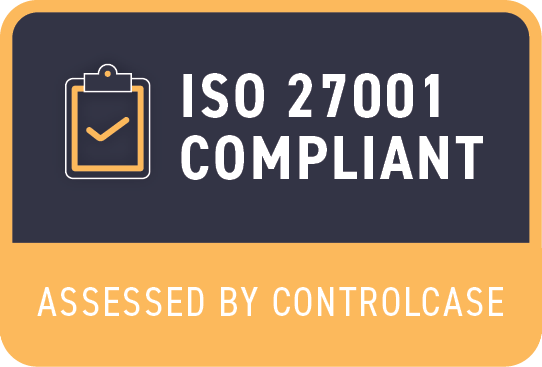Authored by Richard Ferrara
The decision to migrate a legacy application to the cloud is not easy. In fact, one could argue that it is one of the more complex decisions an information technology (IT) leader will have to make. On the one hand, there are many benefits to avoiding a migration. Perhaps the return on investment of the original cost is still strong after all these years. Or maybe the skills of the IT staff that support the legacy application are precise and migrating the legacy application means changing those skills; or worse, the personnel. Maybe your organization’s upper management has determined other high-priority initiatives where investments will be made, and it is difficult to sell them on a cloud migration effort.
On the other hand, businesses that do not adapt to this new economy will undoubtedly be left behind due to shrinking margins as disrupters and direct competitors expand their margins with new efficiencies. This is especially true as the global economy is evolving into a hyperconnected, automated, seamless integration of cloud-based solutions. Adapting to the demands of your industry keeps your enterprise competitive and maximizes your potential for longevity.
Each organization and cloud migration project is unique and many factors go into the decision. With 22% of IT decision-makers unsure how to plan their migration or where to start due to application sprawl, the goal here is threefold:
- Plant the seed of understanding about why some organizations migrate legacy applications
- Layout a basic plan for how to successfully migrate to the cloud
- Provide a few hard facts that can be presented to upper management to support your business case for a migration
When is the Right Time to Migrate a Legacy Application?
First, it’s a good idea to get a lay of the land as it were. By looking externally, we can observe where an organization is in relation to its industry, competition, and customer expectations.
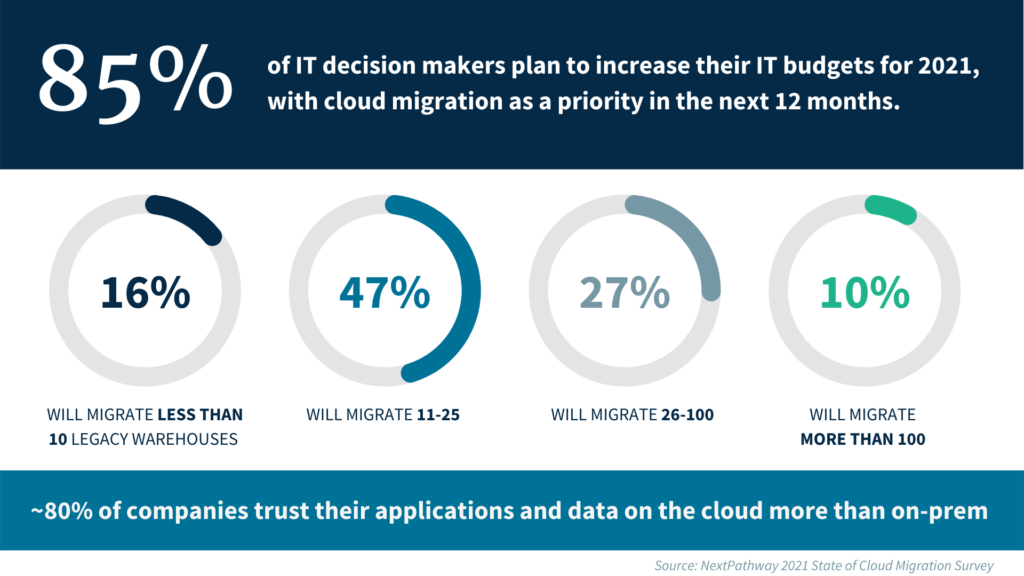
When it comes to migrating a legacy application, cloud adoption encompasses many facets of IT: infrastructure, compute, storage, and a shared responsibility model. It is the shared responsibility model that is the key to the decisions when migrating a legacy application.
In a shared responsibility model, an organization can offload as much of the IT responsibility within its comfort level. If enough of the IT function is off-loaded to the cloud provider, then the organization can free up more resources to focus on the actual application. Let’s assume that your organization’s “secret sauce” is not contained in the bare metal infrastructure of your server room. Nor is it contained in the storage or compute capacities of each server. Of course it’s not. It’s most likely contained in the logic and the actual data that those servers hold and manipulate for your users.
Today’s modern IT function is intended to produce connected, robust, agile, resilient proprietary data and logic and get it to market before the competition; all while reducing costs and increasing market share.
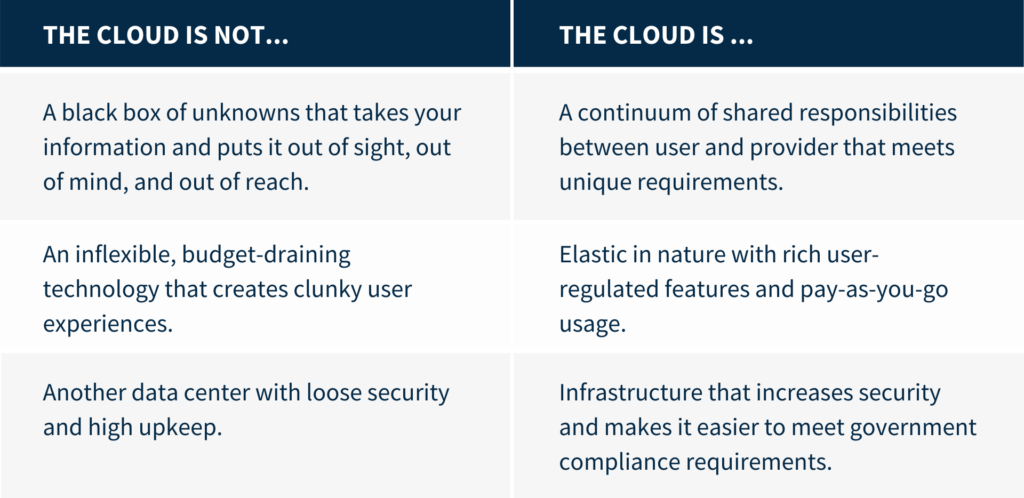
Developing A Legacy Application Cloud Migration Strategy
At this point in the discussion, your desire to migrate your organization’s legacy application has likely increased; but you still need to understand how it should be planned and what can be expected. To answer those two questions, we first need to define the end goal of the application. This will give us a clear picture of where the application is today, and where we want it to be tomorrow. Closing that gap in between defines the plan.
1. Develop a Business Case:
- Define the final product: Defining the final product is key to calculating the total cost of ownership, outlining the migration efforts, and projecting cash flow during the migration.
- Target cloud-native: The final application solution should target a cloud-native application. A cloud-native application is a software development approach that effectively utilizes cloud resources, such as but not limited to elastic scalability, data storage at scale, long-term data storage, serverless functions, API interfaces, immutable infrastructure, and an enhanced security profile.
- Business Continuity: There are many business continuity benefits to migrating a legacy application to the cloud. Here are just a few:
- Modern technologies, including microservices/containers and multi-cloud portability
- Geographic disbursement of resources
- Enhanced disaster recovery strategies
- Plan on winning the war, not just a few battles: This last section is very dependent on your organization’s culture. However, a project like migrating a legacy application to the cloud is typically a major decision and a major commitment. It involves evaluating years of technical debt that may have been accumulated with the legacy application and admitting that adding more short-term fixes is not going to position the organization in the industry as well as a full migration.
2. Change Your Mindset: One of the largest hurdles that we have seen with clients is the change in mindset from pay-and-recover to pay-as-you-go. The latter provides a large amount of flexibility during the migration, and after the migration is complete. During the migration, services can be on-boarded or not based on cash flow constraints. After the migration is complete, costs are dependent on usage and, if the application is architected as a cloud-native application, usage can equal revenue minus cloud spend.
3. Budget The Project: At a very high level, there are three major components of the migration project to focus on:
- Pre-Migration: As I mentioned above, a good understanding of the current product and the final product is vital for accurate budgeting and planning. This phase of the project is allocated to determine those two product understandings.
- Migration: This phase of the project cannot be estimated until the first phase is complete. Having a general understanding of the two states will help when deriving an overall project budget. However, be sure to pad this estimate originally and reallocate those dollars to “nice to have” features, if available.
- Post Migration: For budgeting reasons, it is a good idea to budget the first 12 months of use after the migration is complete. This will give upper management some sense of what to add to the annual budget for this application and provide some sense of value to the organization.
Don’t Go It Alone
The landscape of IT is rapidly changing. Cloud providers are racing to release new features annually. For instance, Amazon Web Services had more than 30 launches in 2020 alone. Given this pace, it is unrealistic to think that a legacy team of developers will ramp up soon enough to be effective during a migration. Often the migration is the first time that many incumbent developers use these new tools, and they will undoubtedly make some critical errors in either architecture or design.
Cloud technology advisors are vital partners during any cloud transition project. Deep business acumen and extensive expertise managing projects, budgets, stakeholders, and solutioning the final product will be an invaluable asset. Technology and cloud advisors can also shepherd the incumbent team into these new skills, mentor them to a deeper understanding of the cloud, and provide a fallback resource for tough decisions.



